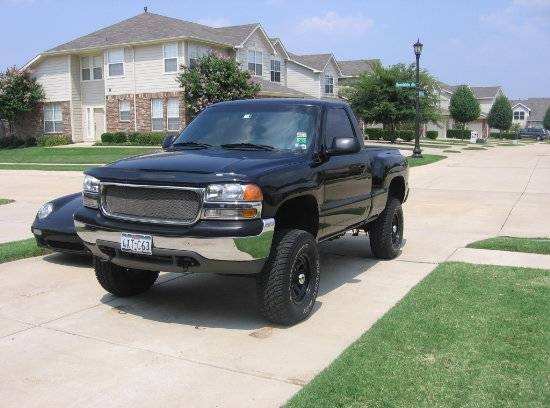
All vehicles on the road consist of at least two basic sections: the body and the frame. A vehicle body is bolted onto its frame in such a fashion that the vehicle retains its stability while giving some flexibility through the body's suspension parts. This flexibility is necessary in order to allow the occupants of the vehicle to drive over rough terrain without being jolted about from every bump and dip in the road.
A body lift consists of a set of wedges that are specifically designed to sit between the vehicle body and its frame so that the body sits higher up from the frame than it normally would. Body lifts are typically 1 to 3 inches in height, and are composed of either ultra-stiff, thick rubber or a polymer compound.
The main purpose of installing a body lift lies in the greater clearance the lift gives a vehicle between the tires and the wheel wells. Because four-wheeling enthusiasts often require much larger tires than standard vehicles provide in order to drive on difficult off-road trails, a lift kit of some type is required in order to fit the larger wheel into the wheel well without causing damage to the vehicle's body. However, some vehicle owners simply install body lifts to improve the looks of a vehicle without ever taking it off road.
The most popular benefit in installing a body lift kit is its general affordability. Because body lift kit parts are small, simple and easy to install, an average kit takes about 4 hours and $200 to install (as of 2009). The downside to installing a body lift is that the maximum lift to be obtained is only 3 inches, whereas suspension lifts can provide a much greater wheel clearance overall, plus many off road enthusiasts claim that body lifts cause a much stiffer, and therefore rougher, ride.